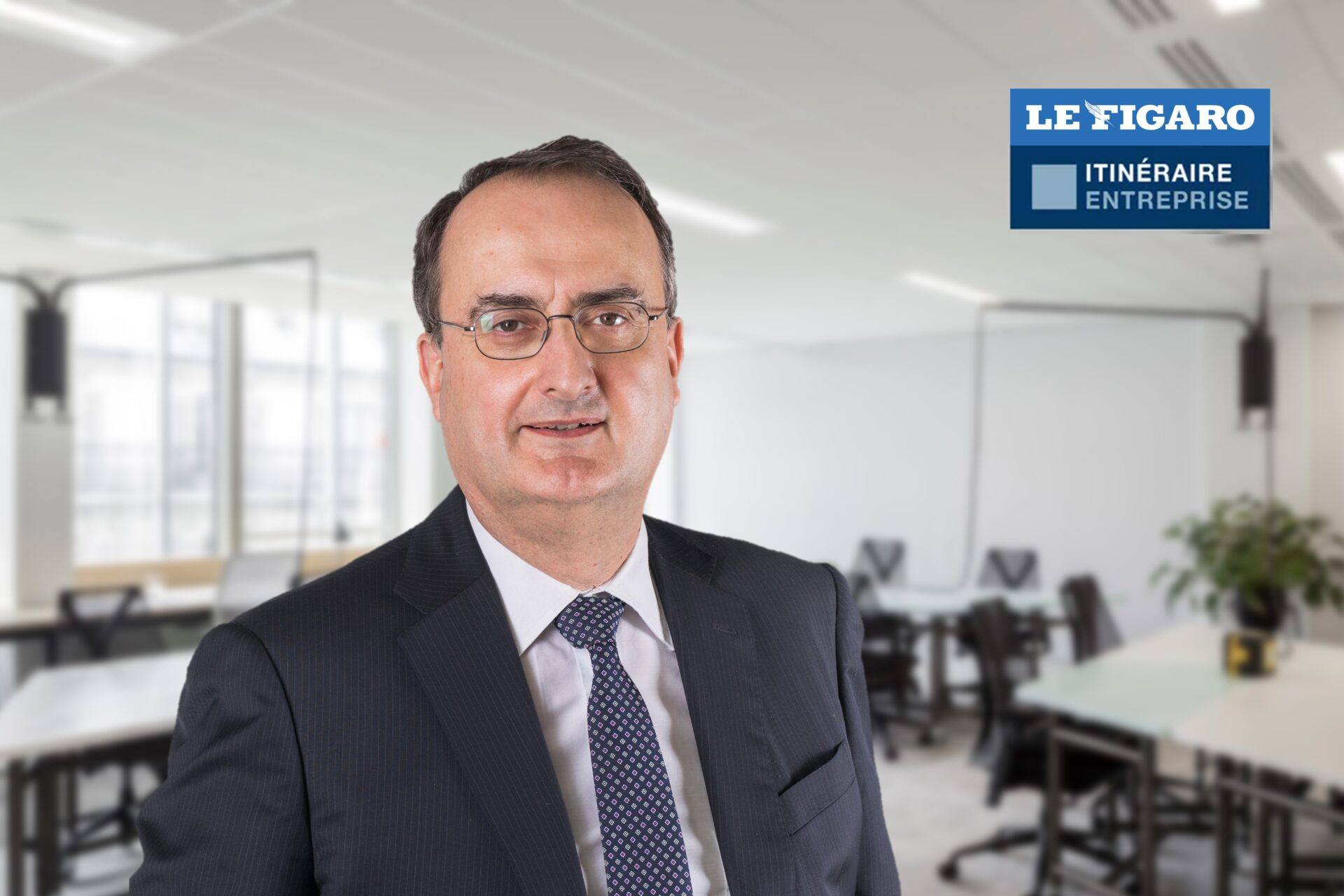Article published on September 28, 2023 on Le Figaro.
According to ADEME, tertiary buildings account for more than a third of total energy consumption in the French building sector. Against this backdrop, the French Ministry for Ecological Transition has just issued a new regulation – Éco Energie Tertiaire – which commits all players in the sector to energy sobriety.
The energy transition in commercial buildings, between new objectives and multiple co-benefits
In France, the tertiary sector comprises 940 million m² of buildings, or 1/4 of all existing buildings. Offices, public services, education, hotels, restaurants, shops, airports, etc. Between 1990 and 2017, the surface area of tertiary buildings increased by 46%, and the sector’s energy consumption rose by 29%, according to the government website. Greenhouse gas emissions linked to this consumption have risen by 8% per year. In response to this climate change challenge, the French government has introduced a new regulatory obligation under the Éco Energie Tertiaire decree (article 175 of the Élan law). This requires a gradual reduction in energy consumption in tertiary buildings of at least 40% by 2030, 50% by 2040 and 60% by 2050 (compared with 2010).
Between the objectives and co-benefits of sobriety, optimising the energy consumption of the tertiary sector meets a triple challenge: combating climate change, reducing company bills and improving the working environment for employees.
Players need to control their energy consumption to ensure that it is efficient and sufficient for the smooth running of their building. At the same time, major players in the sector, such as Kardham Digital, have the means to use the right amount of energy, thanks to turnkey, connected and controlled solutions.
Energy management relies on the collection and analysis of a wide range of data, such as the presence or absence of people in a specific
space, the temperature of the space compared to the outside temperature, and the quality of the air in the working environment.
By analysing this type of information, smart building technologies provide the means to control the use of the building in a completely automated way, without human intervention. The ultimate aim is to achieve economic performance, because virtuous energy management goes hand in hand with a sustainable reduction in energy bills.
Finally, energy management in commercial buildings helps to create healthier, more comfortable working environments for occupants. The building is centred on the user, reacting to their presence and adapting to their needs: optimal conditions for promoting productivity, health and well-being among employees.
Support from Kardham Digital for a commitment to energy efficiency
Kardham Digital was born of the conviction that digital technology is a strategic asset for a group like Kardham, the leading independent French group integrating all the professional skills in the professional property value chain: consultancy, architecture, design & build and engineering. Created in 2019 under the management of Pascal Zératès, Kardham Digital brings together a wide range of skills around a team of 80 people based in Paris, Obernai and Dijon.
As a subsidiary of the Kardham Group and a Digital Services Company for the tertiary sector, Kardham Digital’s mission is to make the most of the power of digital through 4 areas focused on uses:
- Smart Building
- Application development
- Smart Workplace
- Audiovisual equipment
Kardham Digital works on a daily basis to facilitate the deployment of digital technology in the commercial sector. For the sector, this appropriation has three objectives based on a service approach: ensuring the comfort of occupants, improving energy efficiency based on usage and simplifying building operation. This democratisation makes it much easier for occupants to interact with the building via services such as :
- Reserving spaces: parking spaces, meeting rooms of all types, workstations.
- Access to resources: electronic access badges, digital concierge service, connected lockers.
- Comfort control: lighting, blinds, heating, air conditioning, ventilation, air quality.
The aim is to provide the operator with a 360° view of the building, to meet the challenges of economic and environmental performance and to enhance the occupant’s user experience, which is very different from working at home…
Le but étant d’apporter une vision 360° du bâtiment à l’exploitant, de répondre à des enjeux de performances économiques et environnementales et de sublimer l’expérience utilisateur de l’occupant, bien différente de celle du travail à la maison…
